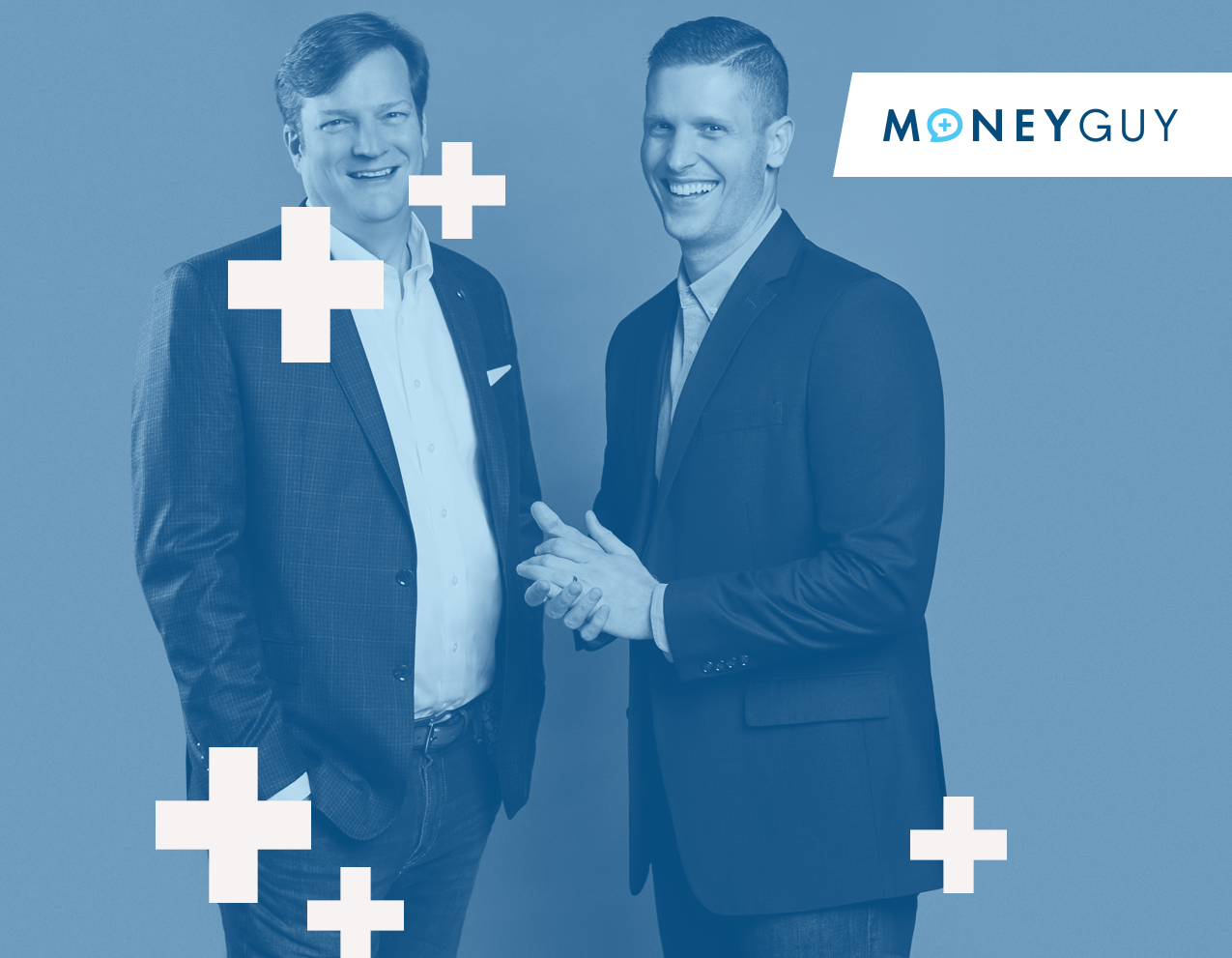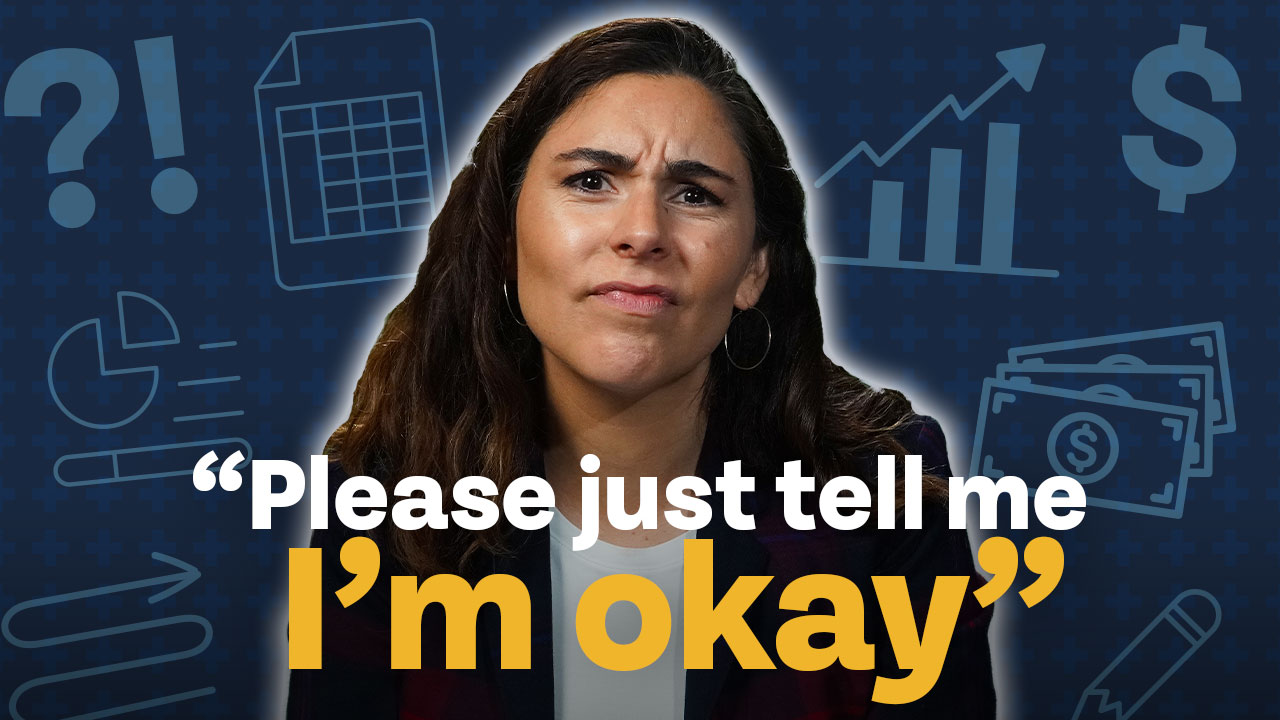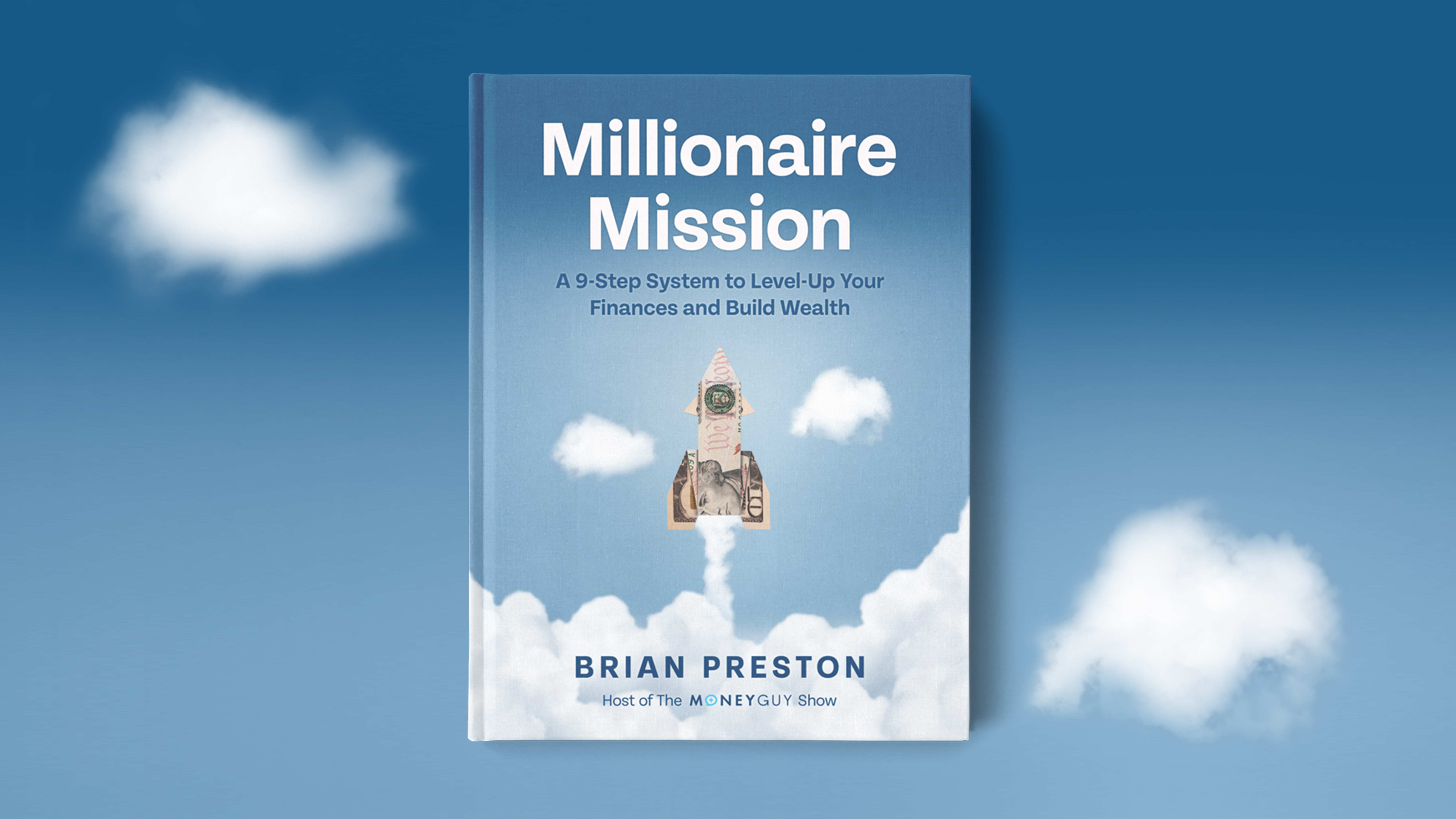So, I mentioned earlier that you can choose to put money in. You can do 22.5% if you're over 50 or 30%, but a lot of employers will also have the opportunity to put money into your 401k plan. Now, this is something that's interesting: employer contributions used to always go in pre-tax, but something else has changed recently. With the SECURE Act 2.0, employers can offer a matching Roth option where you can make an election that, "Hey, I want my employer dollars not just to go to the pre-tax bucket, I want to go in the Roth bucket." There is a caveat: you have to pay income tax on that, so it's important to note in 2023. But maybe this is all foreign to you and this isn't something you've heard of. We want to tell you the number of different types of contributions that your employer may be making into the account on your behalf.
The first one, which we really talk about with step two of the
Financial Order of Operations, is employer match. Meaning that you have to give something, whether it's 50% or it's going to be a 100 dollar for dollar match, pay attention to what your employer says you have to do to get this free money. Don't overlook this because it's so important. Think about this, if somebody offers you 50 cents on every dollar you contribute up to like six percent of your pay, that's a basically 50% guaranteed rate of return. If your employer offers you dollar for dollar up to like three to six percent, that is a 100% guaranteed rate of return on whatever dollar you put in. Take advantage of that; that's free money. There's not many things that are going to pay you at those levels every year guaranteed, and the reason they can do it is that the government heavily incentivizes your employers to essentially prime the pump.
I love the way you framed that. If it's a dollar for dollar match, it's a 100% rate of return. We just showed you the stat that 34% of 401k participants are not getting their full employer match. So, 34% of folks are saying, "I don't want a 100% rate of return. I don't want a 50% ready-for-free money." Make sure that you do not fall into the camp. It's why we put it so early on in those
Financial Order of Operations. You cannot miss that.
Number one is matching; you put money in, your employer puts money in. Another type of contribution that your employer may make is what's known as a non-elective contribution. These are pretty fantastic. You don't have to do anything; all you have to do is show up and meet requirements like "I've been there for a year," "I'm age 21," whatever your plan dictates, and the employer is going to say, "Hey, so long as you are eligible to participate in the plan, we're going to put money into it for you." So, there are a number of plans that operate this way. I don't do anything, and my employer decides to put in 3% of my salary into the 401K. It's a pretty fantastic benefit to have.
Now, this is great, probably especially if you have consumer debt, credit cards, or even student loan debt. You might be paying attention to this, but I do want to caution you. Just because your employer is generous, don't forget you do need to be prioritizing what you save and invest for retirement. There's a reason we encourage you to get to that 20 to 25 percent of your gross income as fast as possible. But, still, very generous employers have a non-elective provision built into your plan, alright? So, we've talked about matching you put in, they put in, we talked about non-elective, just they put in. There's another type that you ought to be aware of, and this is called a profit-sharing contribution.
A lot of employers will say, "You know what? I want to reward my workforce. I want to make available a benefit where, if the company's doing well, if we're growing, in addition to the matching, in addition to the non-elective, we want to put even more money into the account." Profit-sharing is most often where some of those section 415 limits get hit. If you're hitting $66,000 per year in your 401k, that's likely some big portion that is profit-sharing where essentially the employer rewards you based on either your work, your class or your status as an employee in the firm with additional contributions into your 401k.
So, it is not uncommon, again, for large employers, big companies, to put a lot of money into the pot for their employees for saving for the future. And realize these are all stackable. If you think about the fact your salary deferral, that's what you put in, that goes in. The matching money from your employer goes in on top of that. And then the profit-sharing sits on even on top of that. So, this is completely stackable. It's not an either-or. This is an "and" opportunity. Really cool. You can see how this really builds in turbocharges and accelerates your walk to financial independence.
But they recognize, right? So, the government as well as employers recognize this is a huge benefit. There's a little bit of risk. Like we, as an employer, when we say, "Hey, we're going to put money into our employees' 401k accounts," we really want to make sure that those employees are going to be here long term. We want them to be part of the ongoing firm, part of the ongoing process. So, one of the things that employers are allowed to do with these types of contributions is they can put what's called a vesting schedule. Meaning you have to work here for a certain amount of time before all of these dollars become yours, before it's actually your money.
There's a few different types of vesting options you ought to know about. The first is Safe Harbor. Now, Safe Harbor is a really interesting thing. I can't remember when it was introduced, but it's been around for a number of years, which basically said, "Hey, we recognize that for small businesses, 401ks are a huge opportunity for tax savings for the owners, but we don't want the owners and the highly compensated people to be disproportionately advantaged inside of the plan. So long as an employer is willing to make a contribution on behalf of their employees at some minimum level, it's usually no less generous than 3 percent non-elective or a 4 percent match, then we're going to let the employer max out their seller deferrals."
Well, Safe Harbor contributions, in almost all circumstances, not all circumstances, but almost all circumstances are 100 percent vested. So, just like the money you put into the plan is always your money, if you have Safe Harbor contributions going into the plan on your behalf, it is also almost always 100 percent your money the day that it's funded. I think it's interesting, but I have to confess, I'm old enough to remember pre-Safe Harbor, and a lot of small businesses didn't offer 401ks because of the testing requirements, complexities, and costs involved. Safe Harbors were game changers because they basically cut through all the chaos of testing and requirements and laid out a set of rules. If you work for or own a small business, you would more than likely want to take advantage of this, as it will help you avoid jumping through as many hoops as the old traditional 401ks.
It's a really cool opportunity for everyone involved because as an employee, you get your money, and it's your money. You don't have to have the "golden handcuffs" where you're there for six years or so forth. It's good for the employer because now they don't have to worry about putting money in the plan and then yanking it out because they failed some tests. This is a win-win situation. If you don't have a 401k, advocate to your employer and look into this. With the introduction of Safe Harbor contributions and plans, it actually drove the overall cost of 401K plans down because they are much easier to administer and require less testing. 401ks are way more affordable than they were when they first started practicing many years ago.
Let's talk about Safe Harbor contributions. They are immediately vested, meaning that after an employer puts money in, it's yours right away. Another type of vesting that you may have on employer dollars is called cliff vesting, meaning after you've worked for the employer for a number of years, you become 100% invested. Most often, it's like three years. If you have a cliff vest, you know that if you want to take those dollars with you to your next job or into the future, you have to make sure that you're at least there for the amount of time required to be fully vested in all of your employer contributions. If you are taking a new job, you need to figure out what the vesting is on your plan, so you don't walk away with an "oopsie" and miss out on thousands of dollars for your retirement. Pay attention to the last day provisions and make sure you review your 401k balance to know how much of that money is yours and how much goes back to the company if you leave.
Here's something I see people do all the time that I think is crazy. Someone will leave and notice they are only sixty percent vested in their employer contribution. They'll leave the money in their account, and they see those unvested dollars continue to grow. However, it's not your money just because it's in the account. All those dollars get forfeited when you leave or roll it over. They do not belong to you unless you come back to work at that employer and begin working back towards that vesting schedule, so you need to be aware of this before you make job changes so that you understand what your dollars in your plan actually are. And I think it's one other clarifying point: just like there are different sources (your contributions, employer match, profit sharing, and other parts), they can have different investing. Now, your contributions are always 100% vested - what you put in. However, your employer matching, if it's a safe harbor, more than likely it's 100% vesting, but that profit sharing is more than likely going to have some type of golden handcuff provision where there's 20% per year for the first five to six years. You'll quickly realize that they can be different. You need to do the full 360 research to know every component and what everyone requires so it turns into your money.
For more information, check out our
free resources here.













